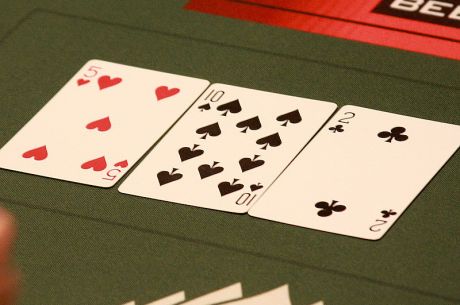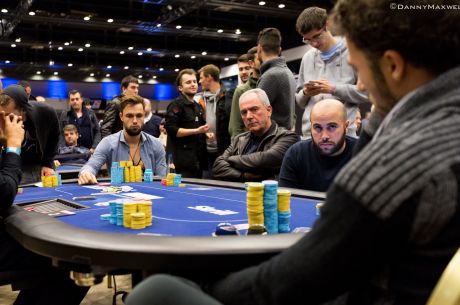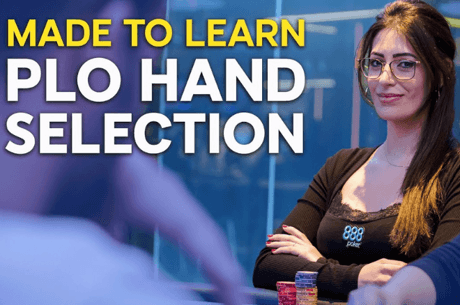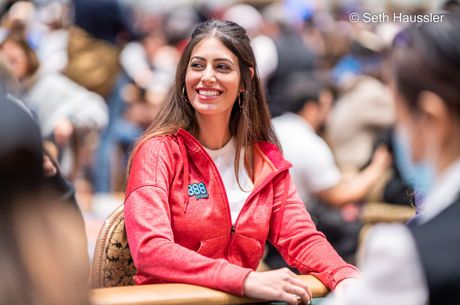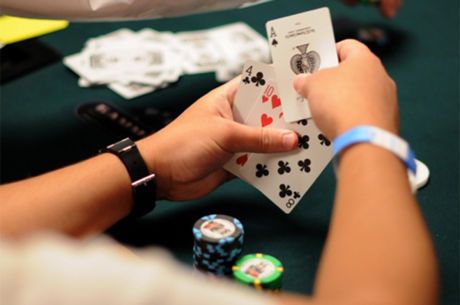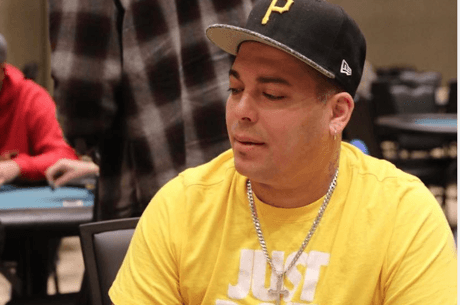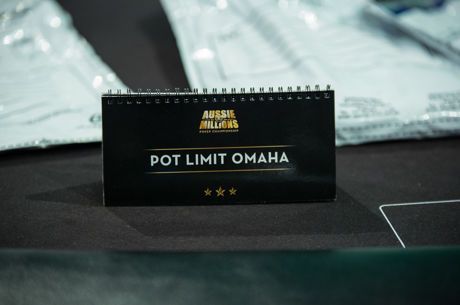Uncharted Territory: Playing a Final Table Without Antes
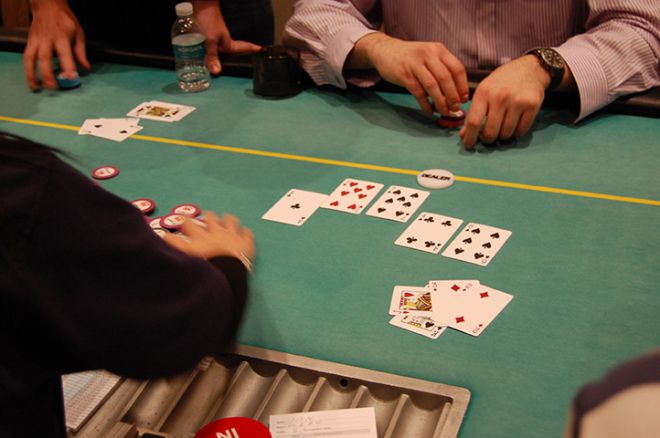
Over the weekend I found myself in an unusual position, playing poker on the final table of a pot-limit Omaha tournament. In fact it was MiniFTOPS Event #32 on Full Tilt.
I am particularly bad at pot-limit Omaha, which made for some likely mistakes, costing me money. Fortunately for you, the learning opportunity from these costs nothing.
No Ante in Sight
One of the defining features of a PLO tournament has nothing to do with the cards, but the absence of something second-nature to no-limit hold��em players �� antes.
Here the concept of ��M�� has real value (I don��t typically make much of it otherwise). As Dan Harrington explained to us long ago, ��M�� is calculated by adding the total contributions to the pot before cards are dealt and dividing your stack by that ��cost per round�� to get a numeric score.
In a pot-limit Omaha tournament with no antes, not only is your ��M�� significantly higher, but the cost of doing business also changes. Your price to steal the blinds is more expensive, as is your subsidy to defend them.
Price Adjustment
In a PLO tourney, a minimum raise of 2 big blinds is hoping to steal 1.5 BBs, instead of 2-2.5 BBs as would be the case if there were antes. For the thieves of no-limit hold��em this is foreboding news �� you actually have to risk more than you��re trying to steal!
A big blind defense is also changed. You��re calling 1 BB to win 3.5 instead of 4 or 4.5.
Here matters get fairly complicated. One��s ability to realize the equity of an Omaha hand is quite distinct from hold��em. Often second-best hands will realize their equity well relative to comparable hold��em situations.
Taking all of this into account, it seems to me that a prominent chip-leader at a final table should be defending nearly all hands from the big blind as a result. But why?
Top to Bottom
First, no one should play only for chips at a final table. You should play for money.
In any tournament the bottom-most big blind in a player��s stack is worth the most. Once it��s gone, so are you. Conversely, the top-most big blind in a chip-leader��s stack �� such as the one used to call a min-raise when defending the big blind �� is often going to be worth next-to-nothing. In other words, when confronted with the proposition of calling a min-raise, the chip leader will be calling next-to-nothing to win something.
Meanwhile the converse might �� in my mind at least �� be true for a short stack. A short stack in the big blind could be getting a winning price in terms of chips to call, and might additionally realize their hand��s equity after the flop. But if the BBs involved are simply too valuable from a dollar perspective, those altogether gainable chips might be too expensive.
I think I found myself in such a situation. I had been knocked down from contender status to one of the hopefuls as the final table approached, then found myself on the direct right of an overwhelming chip leader who was tangling with people and sporting over 150 big blinds �� a behemoth stack given the situation.
With this player forcing the action, often gambling to knock out other players, I should be folding hands I might otherwise play, turning down risks I might otherwise take, and generally whittling down my own stack, hoping I make money in the interim.
No Fold Equity
Okay... now that we��ve mapped out some of the theory, let��s look at an actual hand.
Eight-handed, here were the stacks:
Big Blind, Seat 1 �� 22 BB
Under the Gun, Seat 2 �� 61 BB
Seat 4 �� 5 BB
Seat 5 �� 9 BB
Seat 6 �� 20 BB
Hero, Seat 7 �� 13 BB
Button, Seat 8 �� 149 BB
Small Blind, Seat 9 �� 27 BB
With the big stack on the button, I am in the cutoff and get dealt K?Q?J?10?. Now I am all for waiting out Seat 4 and Seat 5 given the described conditions. But when I see this hand I am itching to enter this pot with a min-raise.
It folds to Seat 5 who pots it to 3.5 BB. The player��s range here is likely quite strong. When Seat 5 doesn��t have an AxAxXxXx-type hand, the player likely has a strong Broadway hand like KxKxXxXx, AxKxQxXx, AxKxJxXx, or QxJxJx8x. Our equity against those five types of hands, in order, is 38%, 30.5%, 42%, 43%, and 38%.
First thing first �� we have no fold equity here. If we three-bet pot, Seat 5 is not folding with so much of that short stack already in the middle. Once that is true, calculating (or in-game estimating) such an equity disadvantage means this is an easy fold.
I did fold, the small blind gave Seat 5��s AxAxXxXx some loose action, and I did not move up the pay ladder.
Next time we��ll look at another difficult spot where I try to combine the concepts above to make the most money I can from my short stack.
Gareth Chantler is a professional poker player who encourages you to check out the interviews, videos, promotions, and strategy articles at the Full Tilt Blog.
Want to stay atop all the latest in the poker world? If so, make sure to get PokerNews updates on your social media outlets. Follow us on Twitter and find us on both Facebook and Google+!

